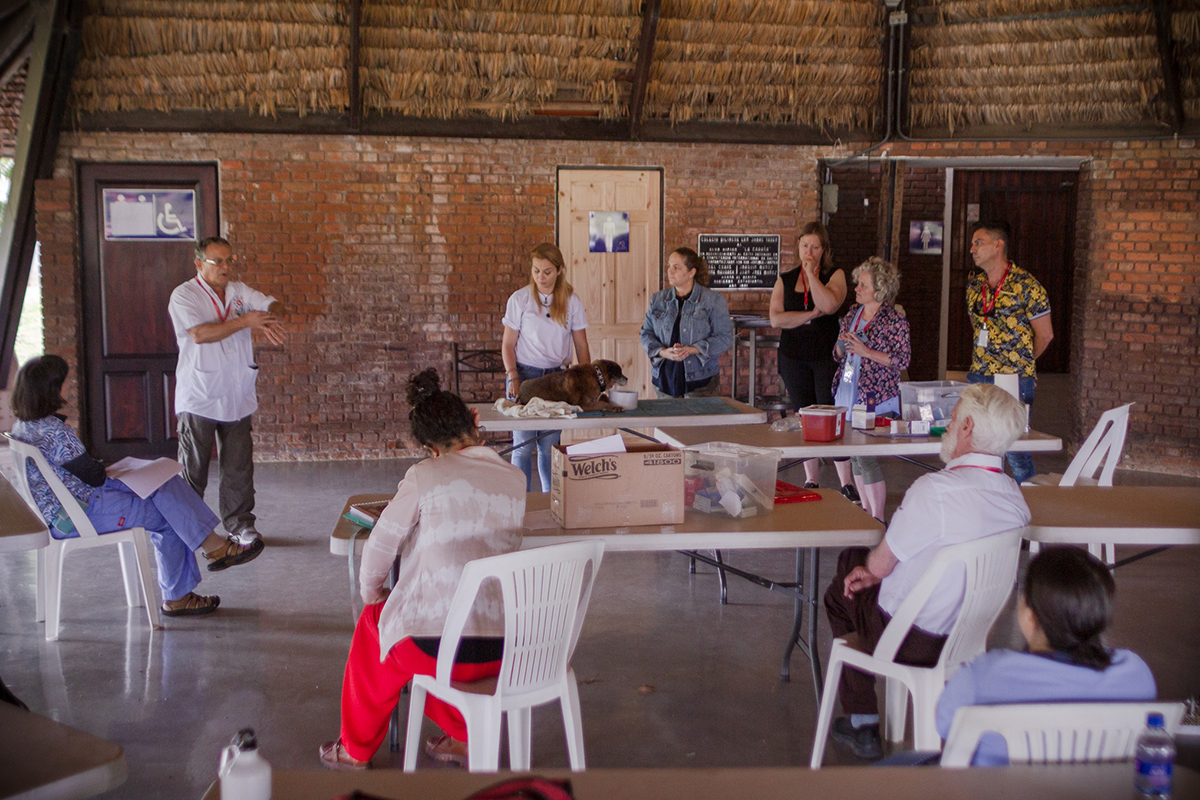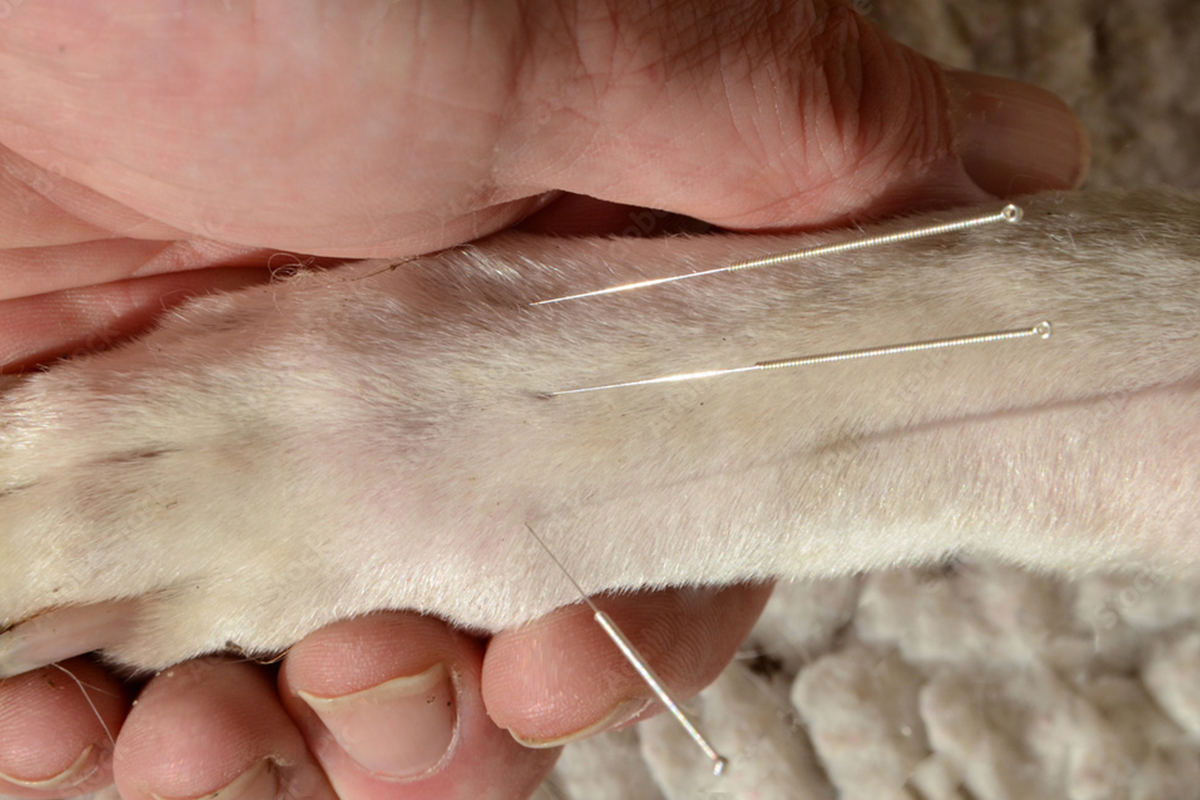
Program Overview
Acupuncture has been practiced for thousands of years. It continues to evolve and improve to this day. MRI studies have shown how quickly the stimulus from an acupuncture needle can travel to the brain. When it comes to pain relief, the effects can arrive almost instantaneously. Pursuing this fast response is what characterizes the Balance Method from traditional acupuncture. When correctly and strategically placed, the body’s response is immediate, within minutes or even seconds of treatment.

Major Topics
In this course, veterinarians will learn how to use energetic distal points to obtain immediate results. Balance Method Acupuncture requires knowledge of advanced TCVM concepts and systems, including:
- Shu Points or Command Points, also known as Antique Points
- Correspondence of the 12 Joints
- Global Balance and Imaging & Mirror concepts
- Trigrams & Hexagrams
- 5 Elements Theory and Seasonal Balance
Program Goals
Immediately and effectively treat all localized symptoms such as pain, numbness, stiffness, tingling or burning sensations, etc. using Three-Step Strategy
Understand the 6 systems of balancing for external and internal disorders
Learn how to Balance for Internal Disorders such as genitourinary, gastrointestinal, endocrine, 5 sense organs, and more using Ba Gua, hexagram Meridian Conversion
Learn to balance the whole meridian or several meridians simultaneously with only 4, 8, 9, or 12 needles
Veterinary Balance Method Acupuncture Certification Track
Taught in English
For veterinarians & veterinary students only
109 RACE-approved CE hours
Prerequisites
Prerequisites
Students wishing to enroll in the Balance Method course must have basic knowledge of TCVM, and must fulfill the following requirement:
- Completion of at least one on-site session of an acupuncture course at Chi or another accredited institution
No semesters currently available
Certification
CVBMA Certification
Students have the option to receive a certification as the Certified Veterinary Balance Method Acupuncturist. The certification is approved by Chi University and the World Association of TCVM (WATCVM). The requirements to obtain certification are as follows:
Be a veterinarian
Complete Sessions 1-4 of the certification track
Complete the 2 review quizzes with a score above 75%
Complete the final practical exam and written exam each with a score above 75%
Instructors
Antonio A. Alfaro A.
DVM, MSc, CVA, MSTCVM, CS & ELBMP
Dr. Alfaro received his DVM from Federal University of Parana in Brazil in 1975 and, in 1979, his Master of Science from the University of Minnesota with a focus on large animal surgery, radiology, and anesthesiology. In 2006, Dr. Alfaro became certified in veterinary acupuncture through Chi University, going on to obtain certifications in Veterinary Food Therapy (2005), Tui-na (2011), and Chinese Herbal Medicine (2017), followed by a Master of Science in TCVM (2018). During this time, he studied under Dr. Richard Teh-Fu Tan, achieving Silver Level Certification in Balance Method Acupuncture followed by Executive Level Balance Method Practitioner Certification from The Academy of Acupuncture Balance Method in 2018. Dr. Alfaro retired as Professor of Equine Surgery at National University, Costa Rica in 2005. He continues to lecture in Costa Rica and abroad.
Alicia López Bermúdez
DVM, CVA, CVBMA, CCRV
Dr. Alicia López Bermúdez graduated from Veterinary School of Veterinary Medicine, Universidad Nacional, Costa Rica in 2005. She completed Certified Veterinary Acupuncturist from Escuela de Cirugía Veterinaria San Francisco de Asís, Universidad Veritas, San José, Costa Rica in 2006. She earned her Certified Veterinary Acupuncturist (CVA) and Certified Veterinary Balance Method Acupuncturist (CVBMA) from Latin Chi Institute of Chinese Veterinary Medicine in 2018 and 2019 respectively. Since 2005, she is the Co-founder of the Centro Médico Veterinario para el Diagnóstico por Imágenes y la Terapia Complementaria, San José, Costa Rica, which is the first center for the TCVM practice in Costa Rica.